What to place on top of root ball? Tips and Suggestions?
stuartlawrence (7b L.I. NY)
10 years ago
Featured Answer
Sort by:Oldest
Comments (24)
ken_adrian Adrian MI cold Z5
10 years agoRelated Professionals
South Orange Landscape Architects & Landscape Designers · Vernon Hills Landscape Architects & Landscape Designers · Conroe Landscape Contractors · Davidson Landscape Contractors · Doctor Phillips Landscape Contractors · Golden Landscape Contractors · Marlborough Landscape Contractors · Midland Landscape Contractors · Milford Landscape Contractors · New Brighton Landscape Contractors · Northport Landscape Contractors · Parkland Landscape Contractors · Point Pleasant Landscape Contractors · Welby Landscape Contractors · Wilton Landscape Contractorsogcon
10 years agoToronado3800 Zone 6 St Louis
10 years agostuartlawrence (7b L.I. NY)
10 years agoogcon
10 years agostuartlawrence (7b L.I. NY)
10 years agoogcon
10 years agogardengal48 (PNW Z8/9)
10 years agoogcon
10 years agostuartlawrence (7b L.I. NY)
10 years agoogcon
10 years agostuartlawrence (7b L.I. NY)
10 years agooutback63 Dennison
10 years agodanbonsai
10 years agoEmbothrium
10 years agofairfield8619
10 years agowhaas_5a
10 years agoEmbothrium
10 years agofairfield8619
10 years agoToronado3800 Zone 6 St Louis
10 years agostuartlawrence (7b L.I. NY)
10 years agotsugajunkie z5 SE WI ♱
10 years ago
Related Stories
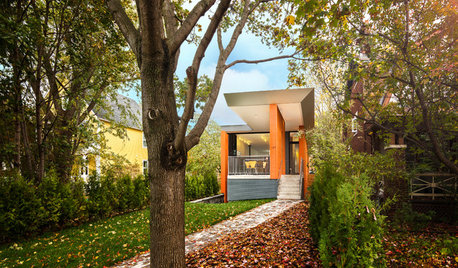
MODERN HOMESHouzz Tour: A Modern Home Rooted in Its Place
It's partially buried in the earth, but with a cantilevered roof and strong colors, this Ottawa home is anything but shy
Full Story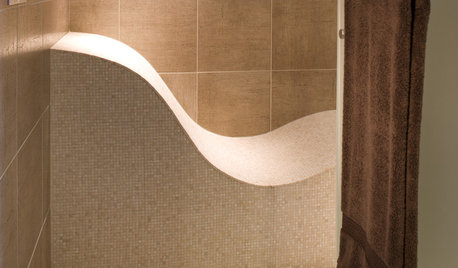
REMODELING GUIDESTop 10 Tips for Choosing Shower Tile
Slip resistance, curves and even the mineral content of your water all affect which tile is best for your shower
Full Story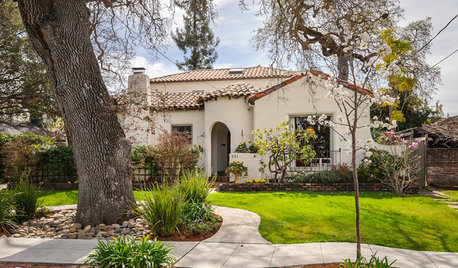
ARCHITECTURERoots of Style: Spanish Eclectic Homes Find a Place in the Sun
Flexible stucco, intricate tiles and more have kept this multicultural style going strong for a century
Full Story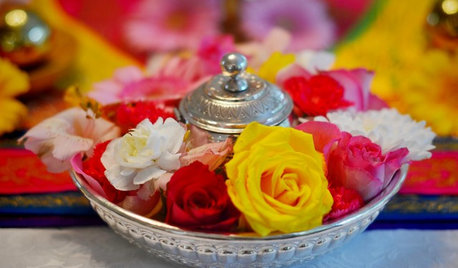
FEEL-GOOD HOMERejuvenate Your Home With Deep-Rooted Traditions
Give the subtle energies and spiritual side of your home some attention, and watch newfound calm and beauty blossom
Full Story
GARDENING GUIDESThe Beauty of Bare-Root Plants
Plant dormant trees and shrubs in fall using the easy, affordable bare-root method and enjoy beautiful results in spring
Full Story
ARTThe Beauty of Bonsai — Living Art, Rooted in Harmony
Create your own emblem of nature's balance with an art form dating back 1,000 years
Full Story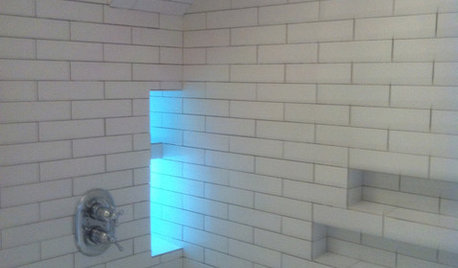
BATHROOM DESIGN10 Top Tips for Getting Bathroom Tile Right
Good planning is essential for bathroom tile that's set properly and works with the rest of your renovation. These tips help you do it right
Full Story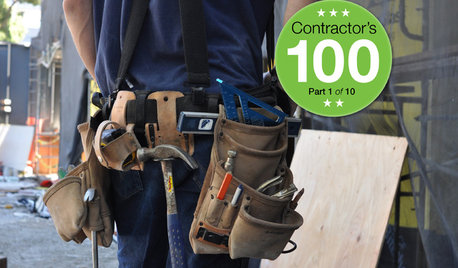
MOST POPULARContractor Tips: Top 10 Home Remodeling Don'ts
Help your home renovation go smoothly and stay on budget with this wise advice from a pro
Full Story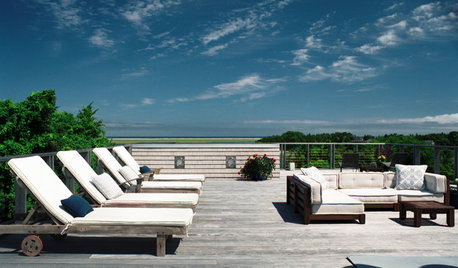
GARDENING AND LANDSCAPINGContractor Tips: Build a Top-Notch Deck
Get an outdoor deck that fits your lifestyle and stands the test of time by keeping these 4 considerations in mind
Full Story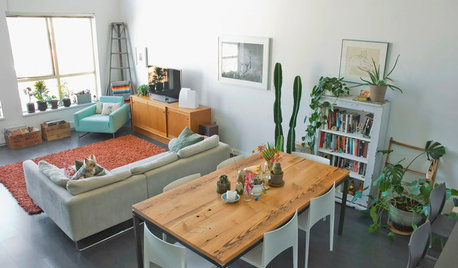
LIFE10 Tips for Subletting Your Place
Getting out of Dodge this summer? Some thoughts to take in before you hand over the keys and take off
Full Story










tsugajunkie z5 SE WI ♱